Why Touchscreen Laptops Haven’t Replaced Traditional Laptops
Windows 8 and Surface kicked off a decade-long race among manufacturers across the market to find a form factor that could replace traditional laptops.
The first Surface was truly an innovative device when Microsoft announced it just before the launch of Windows 8 in the summer of 2012. It was the first personal computer released by Microsoft itself, and with an operating system built around touch, it was expected to compete with Apple’s iPad. Windows 8 and Surface initiated a market-wide race among manufacturers to discover a design that could replace traditional laptops.
Every company has explored a new form factor that could replace the boring clamshell designs, but 12 years later, we still haven't found that design. OEMs are still trying, and many great devices have been created in the process, but the traditional laptop design continues to dominate in 2024.
Why Haven’t Other Form Factors Surpassed Traditional Laptops?
Over the years, there have been some truly outstanding devices. The HP Spectre x360 14 is a recent example, praised by many, featuring a 360° hinge and a touchscreen. More importantly, it doesn’t sacrifice any functionality to achieve these features. So why aren’t such products more widespread?

Generally, consumers have a computer replacement cycle of over four years. Consumers are fundamentally risk-averse and often price-conscious. When making a decision between an easily identifiable improvement in a device (e.g., better specs at a similar price) or a novel feature they’re not sure how to use, users often opt to save a bit of money or choose a familiar improvement. Spending more money on a potential but unfamiliar benefit is unlikely. So, while features like a 360-degree hinge are great, is someone willing to risk a larger sum to use it? Likely not.
Over a Decade Since Surface, Why Haven’t Touchscreen Laptops Replaced Traditional Laptops?
1. Touchscreens and Windows Aren’t a Perfect Match
Microsoft Surface is mentioned here for a good reason. Windows 8 and Windows RT were the first versions of Windows to truly attempt to build a unified keyboard/touch user interface. Some liked it, others hated it, but it represented a significant effort by Microsoft to reposition Windows to be tablet-friendly.
Whether ahead of its time or entirely misguided, a few things ring true when looking back at Windows 8 and Windows RT. First, no one else has succeeded in building a unified operating system for both touch and mouse/keyboard, and Apple has clearly avoided doing this with the iPad.
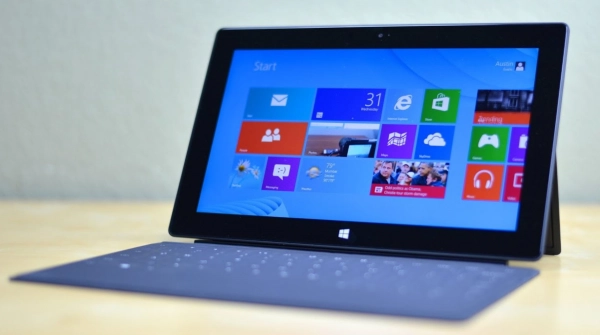
Second, while Windows 8.1 significantly improved the experience, Microsoft was forced to rethink and reduce the touch emphasis in Windows with Windows 10. Windows 11 still supports touchscreens fairly well, but some changes made to accommodate this have impacted the overall user experience, such as the Start menu.
An often-overlooked point when discussing touchscreen laptops is how much touchpad, mouse, and keyboard quality has improved. In the early 2010s, the gesture-supporting and reliable touchpads that we’re now very familiar with either didn’t exist or were still in their infancy. Similarly, many laptops over a decade ago couldn’t register touchpad input when a key was being pressed.
All these factors have impacted the touchscreen market. For example, take multi-touch scrolling. One of the original selling points of touchscreen laptops was how easily and smoothly users could scroll through a webpage. But with the advent of high-quality, responsive two-finger scrolling on touchpads, taking your hand off the keyboard to touch the screen suddenly became redundant and inconvenient.
2. Traditional Laptops Remain Everyone’s Choice
While not the best-selling laptops, Apple’s MacBooks have long played a significant role in shaping the market. Apple has long resisted adding touchscreens to MacBooks while keeping the iPad with a mobile operating system rather than something resembling macOS.
The impact of this is hard to quantify. It may lead to the thinking, “If MacBook doesn’t need a touchscreen, why do I?” With the MacBook Pro now established as one of the best professional laptops in the world, the idea of adding a touchscreen now seems... unnecessary. Apple has also been one of the biggest drivers in advancing non-touchscreen displays and high-quality touchpads.
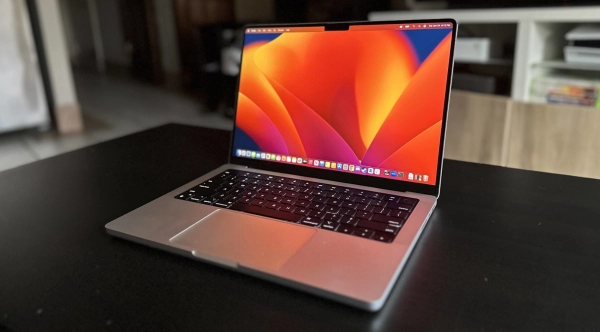
Ultimately, the traditional laptop design remains popular for many reasons. It’s functional, familiar, and often the cheapest option. While many great laptops with alternative form factors have been introduced, adoption has been hindered by poor, unfamiliar software and consumers unwilling to pay extra for a feature they’re unsure they’ll use.
Touchscreens and fancy hinges have struggled to prove that they deliver a superior user experience for everyone, beyond being useful in a few specific use cases.
Submit feedback
Your email address will not be made public. Fields marked are required *
Search
Trend
-
What is Black Myth: Wukong? Detailed Guide on System Requirements and Gameplay
08-21-2024 . 1k view
-
The simplest and fastest way to log into the Chinese TikTok, Douyin.
01-10-2022 . 1k view
-
Blog sites that will accept AI generated content
07-26-2024 . 1k view
-
Call of Duty: Black Ops 6 - Intense, Mysterious, and Surprising Warfare
09-02-2024 . 1k view
-
The "End of Life" for Windows 10: A Massive E-Waste Threat and Sustainable Solutions
08-18-2024 . 951 view






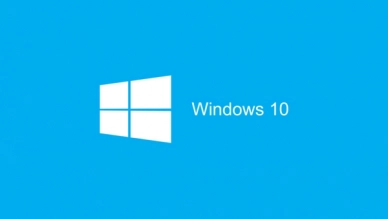
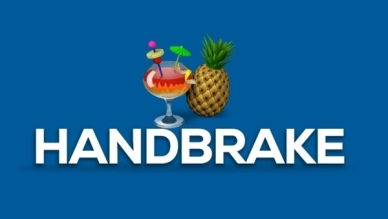
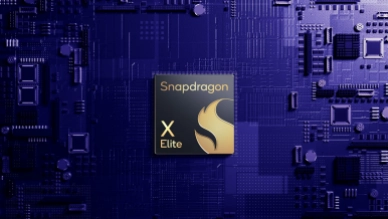

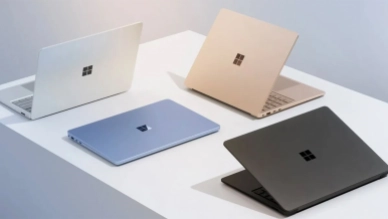
0 feedback